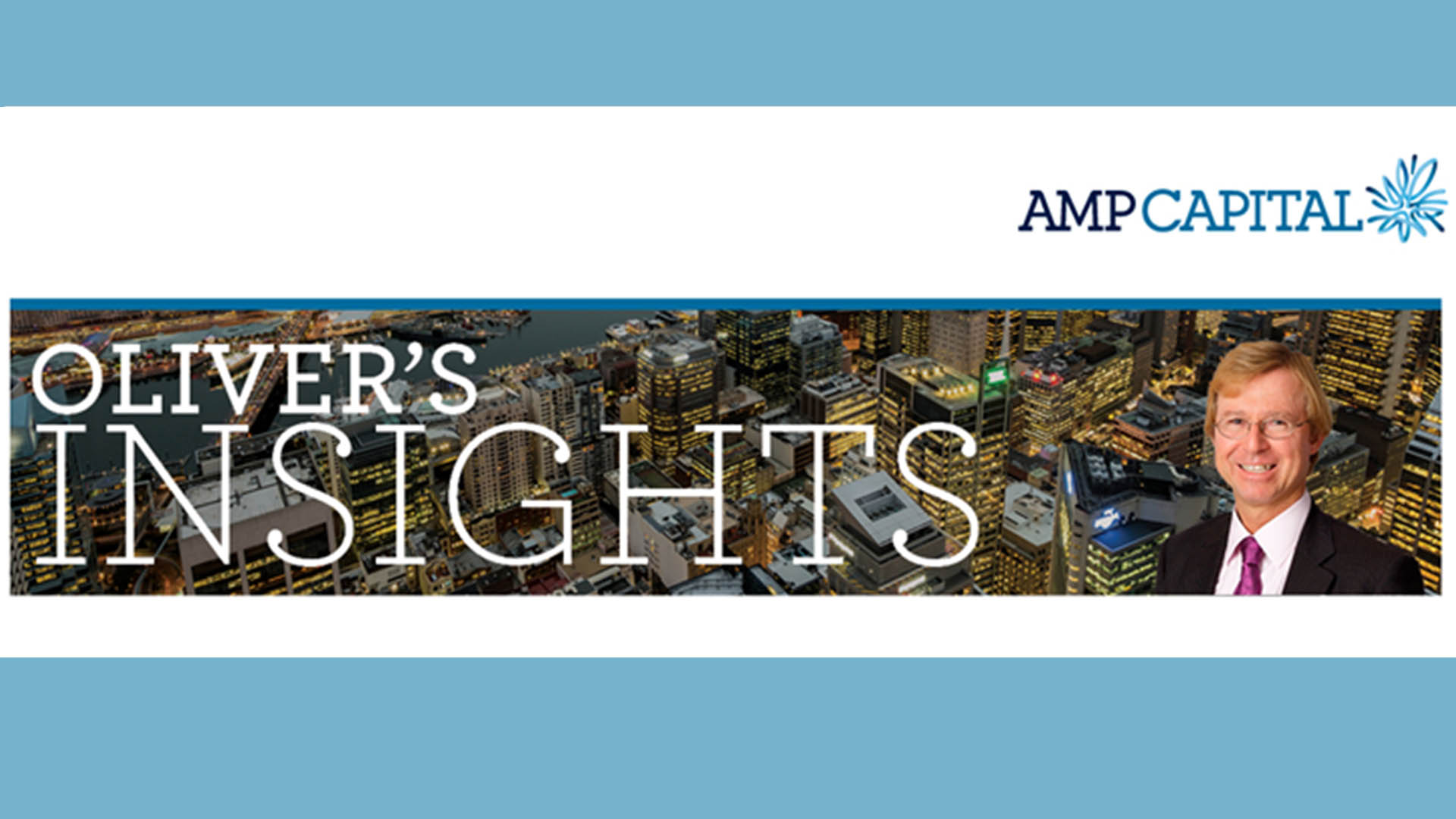The American economy and investors are in for up to two years of interest rate stability after the Federal Reserve sat pat on rates at its last meeting for 2020 and signalled no rise in 2020 and perhaps a single rise in 2021.
The statement and new forecasts issued at the same time were more upbeat about the outlook than they have this year in previous versions.
And references to “uncertainties” disappeared from the latest statement.
But remember that could all change if there is not a sign of progress in the US-China trade talks before higher tariffs start on $US150 billion of Chinese imports next Sunday.
The betting is that President Trump doesn’t want to destabilise what looks like a benign economy heading into the 2020 elections, so he will strike some sort of short term deal to take the issue off the table for the time being.
The Fed’s so-called dot plot – which is where members see the movement of interest rates over the next couple of years shows no rate hikes in 2020 and just one in 2021.
The “current stance of monetary policy is appropriate to support sustained expansion of economic activity,” the Fed said in its post-meeting statement on Wednesday.
The central bank indicated it saw the economy having stabilised at a steady but slower rate of growth and while inflation is still below the Fed’s 2% target.
The vote was unanimous to leave the short-term fed funds rate at a range of 1.5% to 1.75%. It was the first pause after the central bank cut rates three times in successive meetings starting in July.
The immediate reaction in markets was positive and the Dow which had been in the red for much of the day (Nasdaq and the S&P 500 were green), reversed course and rose. Gold rose, oil though was still down and bond yields turned lower.
Notably, the Fed’s statement didn’t contain a statement from its prior statement that “uncertainties” remained.
Perhaps that’s because of the upbeat forecasts issued at the same time.
The Fed’s statement and projects suggest it isn’t as worried about the economy as it had been earlier in the year. It cut its forecast for the unemployment in 2020 to 3.5% from 3.7% and it expects real gross domestic product to stay slightly above or below the current 2% annual rate over the next three years.
Notably not one member of the Fed mentioned lower interest rates, a sign the central bank believes the US economy has moved to a lower and more sustainable rate of growth.
Earlier the headline consumer price index rose 0.3% last month to be up an annual 2.1% in November, sharply higher than the 1.8% rate in October.
Excluding food and energy, the CPI rose by 0.2%, the same as in October. Over the 12 months to November, core CPI rose2.3%, unchanged from October.
The Fed though likes the core personal consumption expenditures (PCE) price index for its 2.0% inflation target. That measure continues to lag behind other inflation measures. Core PCE price index rose 1.6% on a year-on-year basis in October and has undershot the 2% target this year.








